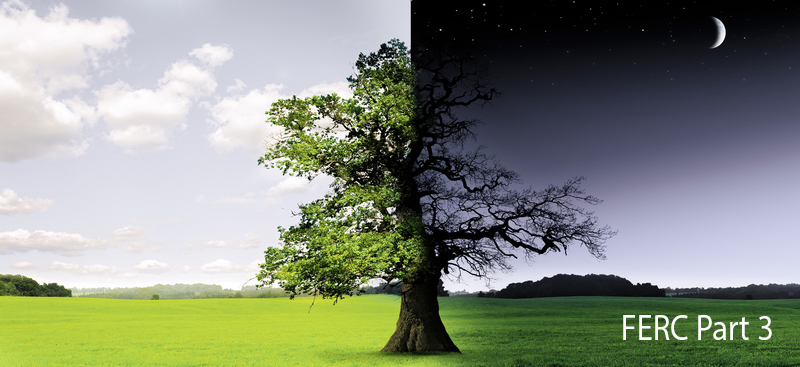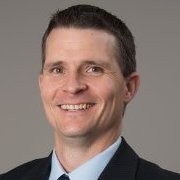The Great Distinction
Part 3 of The FERC 55 dB(A) Ldn Requirement series, where we learn the practical ins and outs of this requirement.

There is a very important distinction to be made, which if not dealt with appropriately can cause significant problems. The distinction to be made is between the following:
- Compressor station sound level contribution
- Background or Ambient sound level
FERC places the sound limit on the noise attributable to the compressor station. Let us look at the regulatory language, emphasis mine:
18 CFR § 157.206 - Standard conditions, sets requirements for interstate pipeline blanket certificates. Part (b)(5)(i) states
The noise attributable to any new compressor station, compression added to an existing station, or any modification, upgrade or update of an existing station, must not exceed a day-night level (Ldn) of 55 dBA at any pre-existing noise-sensitive area (such as schools, hospitals, or residences).
18 CFR § 380.12 - Environmental reports for Natural Gas Act applications, Part (k)(4)(v)(A) states
The noise attributable to any new compressor station, compression added to an existing station, or any modification, upgrade or update of an existing station, must not exceed a day- night sound level (Ldn) of 55 dBA at any pre-existing noise-sensitive area (such as schools, hospitals, or residences).
The phrase "noise attributable to" means that compressor station noise is what is being regulated, not the noise of the environment in which the station is located. This is very reasonable since station noise emissions can be quantified and controlled through design, whereas the site selection of compressor stations has limitations; they can be located in very quiet surroundings (e.g. rural) or relatively loud surroundings (e.g. urban or industrial).
The great distinction, therefore, is the separation of the noise attributable to the compressor station from the noise attributable to the environment in the absence of the compressor station noise. This is not difficult to do conceptually. Also, it is quite helpful for station noise control design purposes. However, it does present practical complications when assessing compliance.
A sound level meter simply measures the fluctuating sound pressure present at the microphone. Once the station is placed into service (up and running) the station noise and environmental noise combine into one, which is what is measured by the sound level meter; it does not separate one noise source from another. Therefore, compliance measurements must be assessed by a qualified professional, someone who is experienced and knowledgeable in such assessments.
One last thing I want to note is that the commission does consider pre-existing sound levels as part of its evaluation for granting blanket certificates. For very quiet locations with very low existing sound levels, the "allowable" level of 55 dB(A) Ldn may present a very significant increase in sound level to an NSA. In my experience, the commission typically does not look favorably on large increases to existing sound levels, even if the station noise contribution is less than the limit of 55 dB(A) Ldn.
Summary:
- The noise attributable to the compressor station is regulated by FERC.
- Compressor stations can be placed in relatively quiet or loud environments.
- Compliance must be determined by a qualified professional since sound level meters cannot discern the sound level due to one noise source from another.
References https://www.law.cornell.edu/cfr/text/18/157.206 https://www.law.cornell.edu/cfr/text/18/380.12
 About the Author - Tim Simmons, Ph.D. - USSI Director of Industrial Acoustics
About the Author - Tim Simmons, Ph.D. - USSI Director of Industrial Acoustics
Dr. Tim Simmons manages USSI's Industrial Acoustics Department. Tim comes to USSI with a wealth of Acoustical and Noise Control knowledge and real-world experience. Tim holds a Ph.D. in Physics from the University of Mississippi and a B.S. in Engineering Physics from the University of Tennessee.
Member INCE, ASA, ASME
